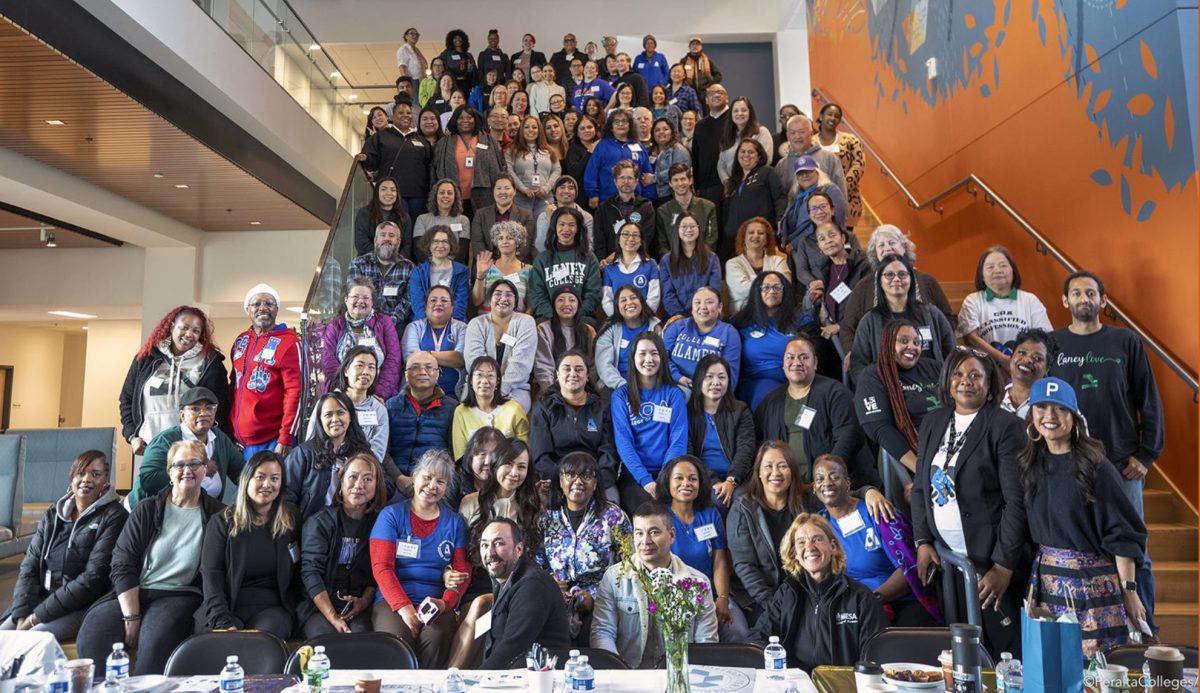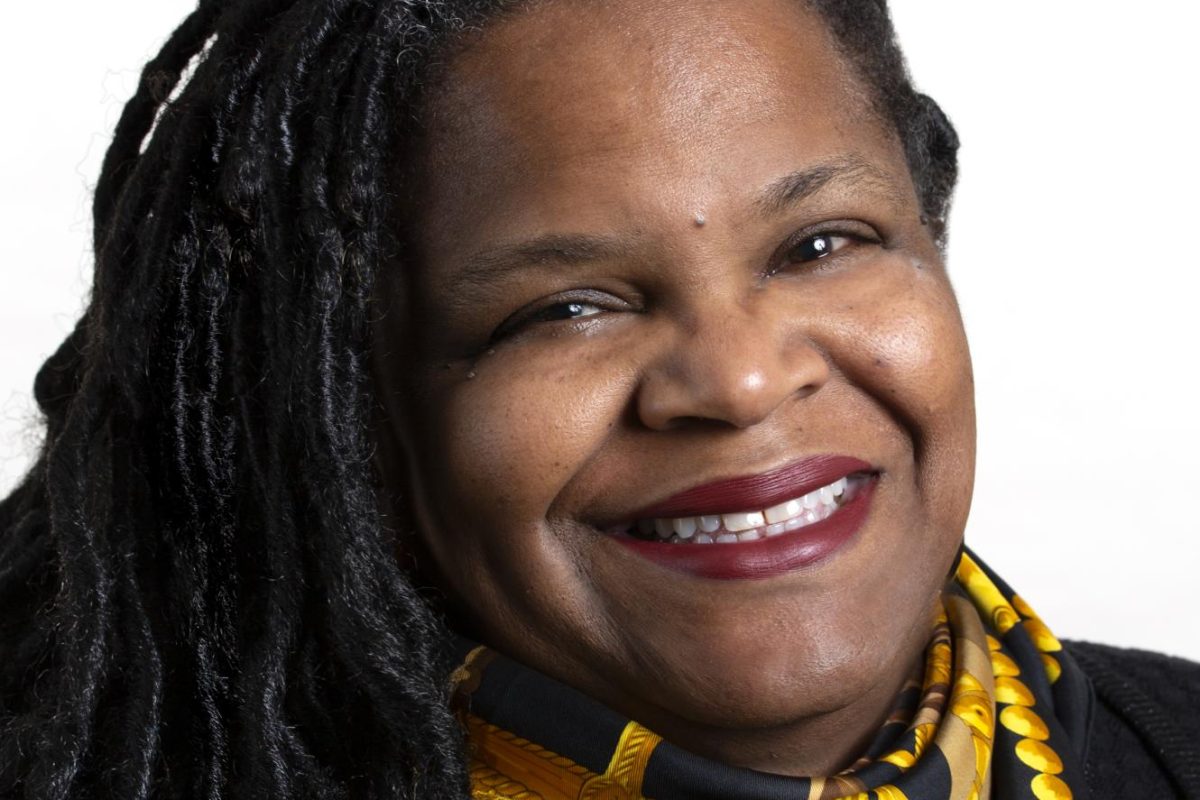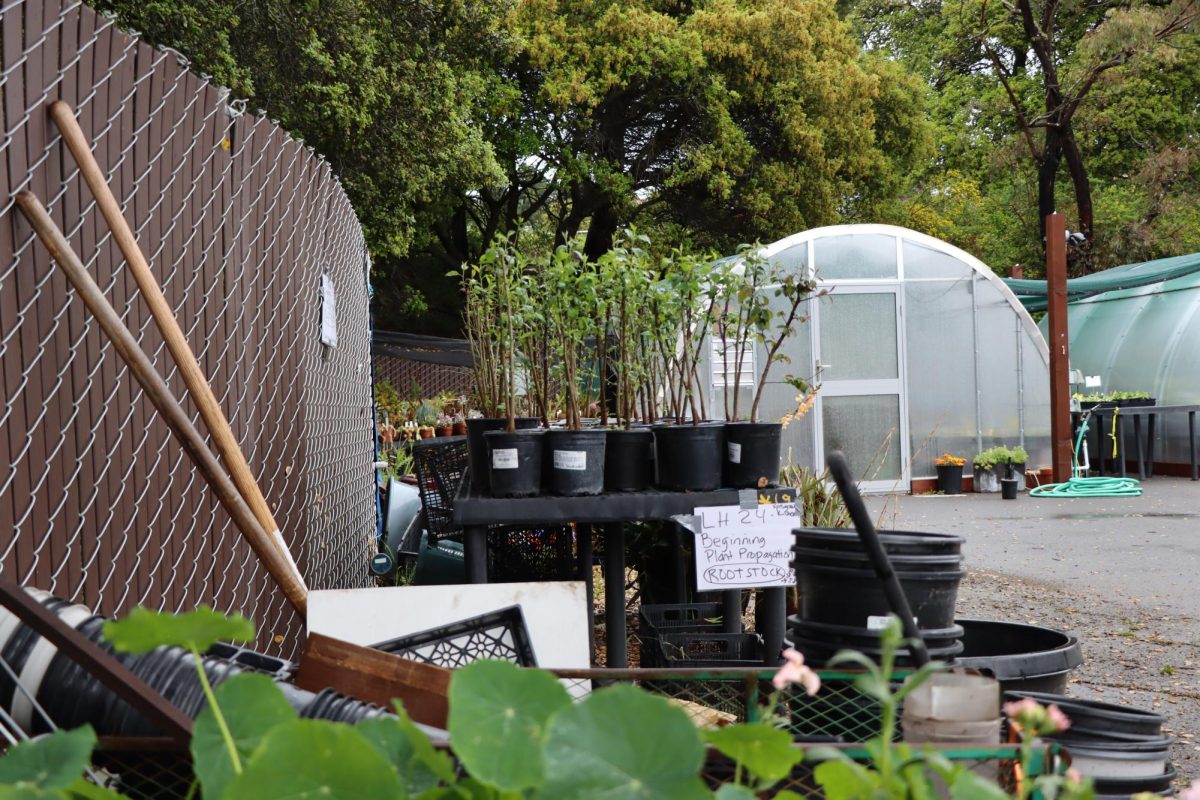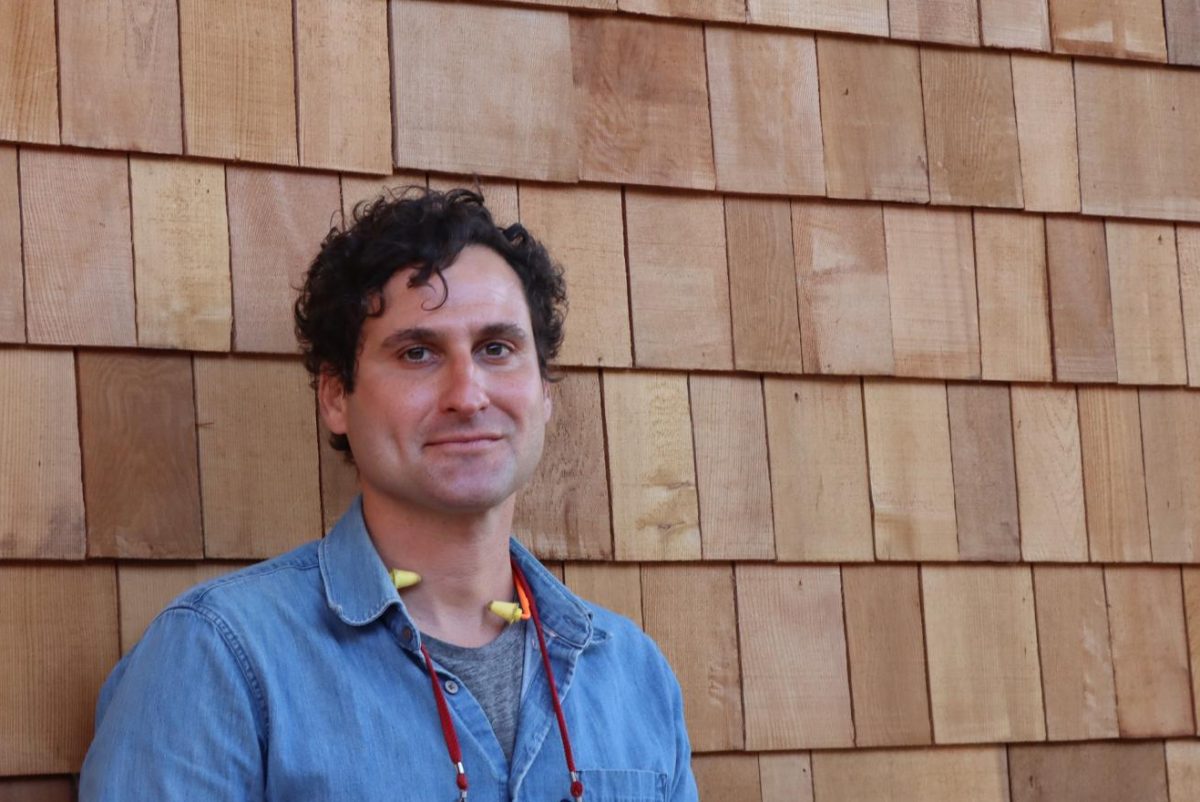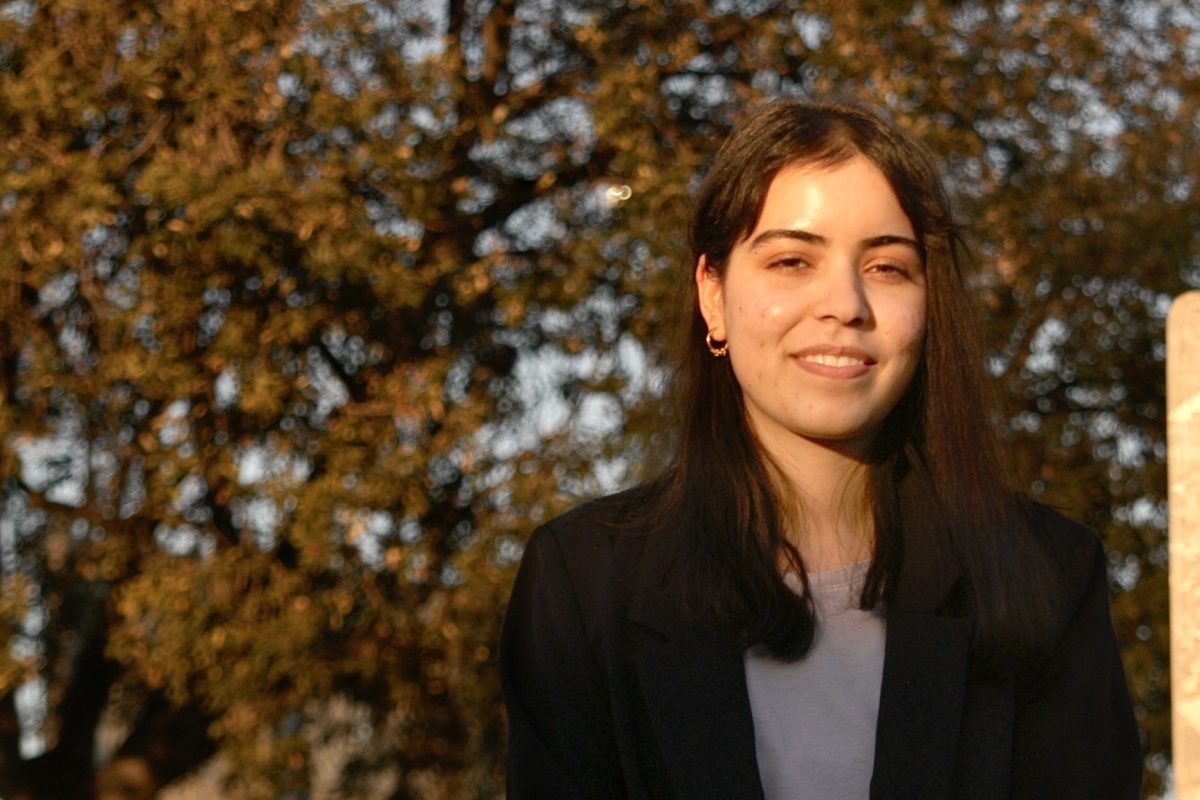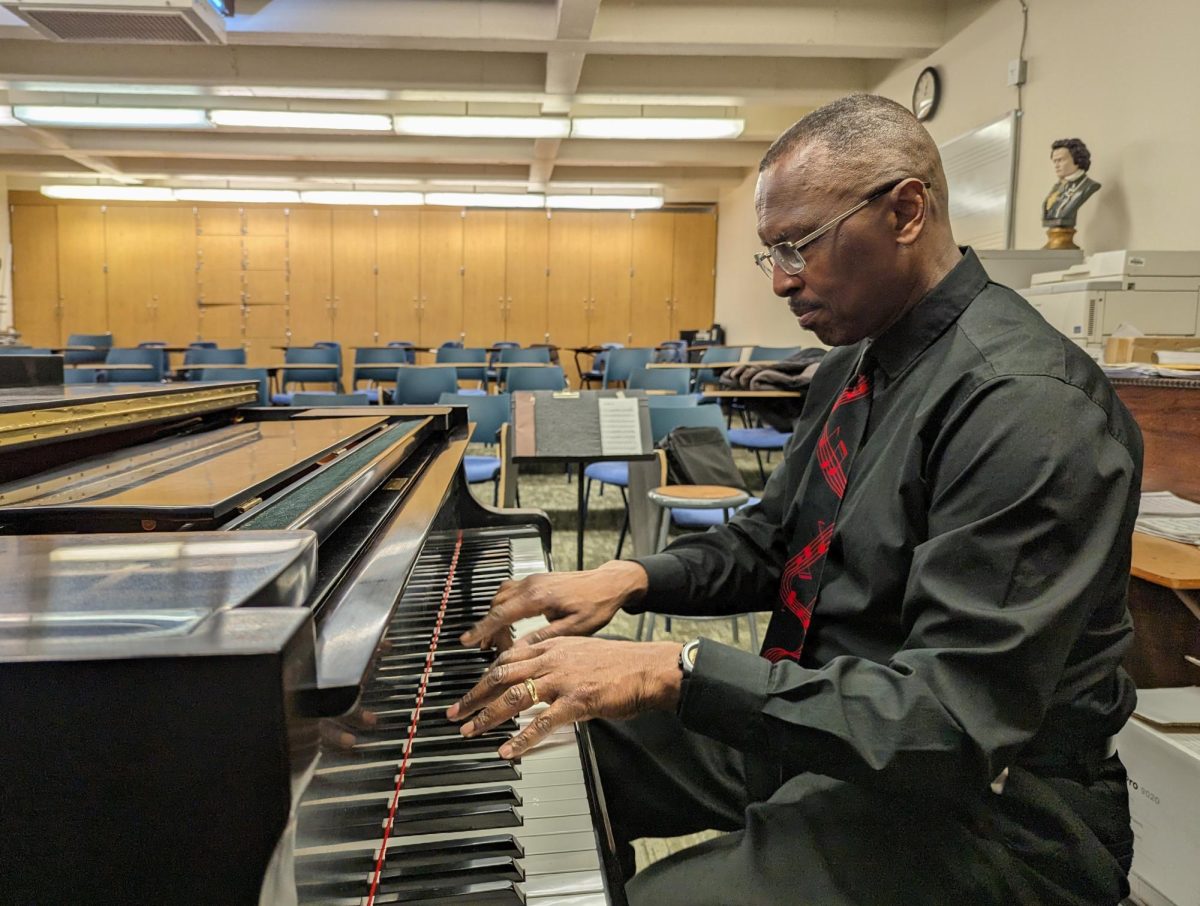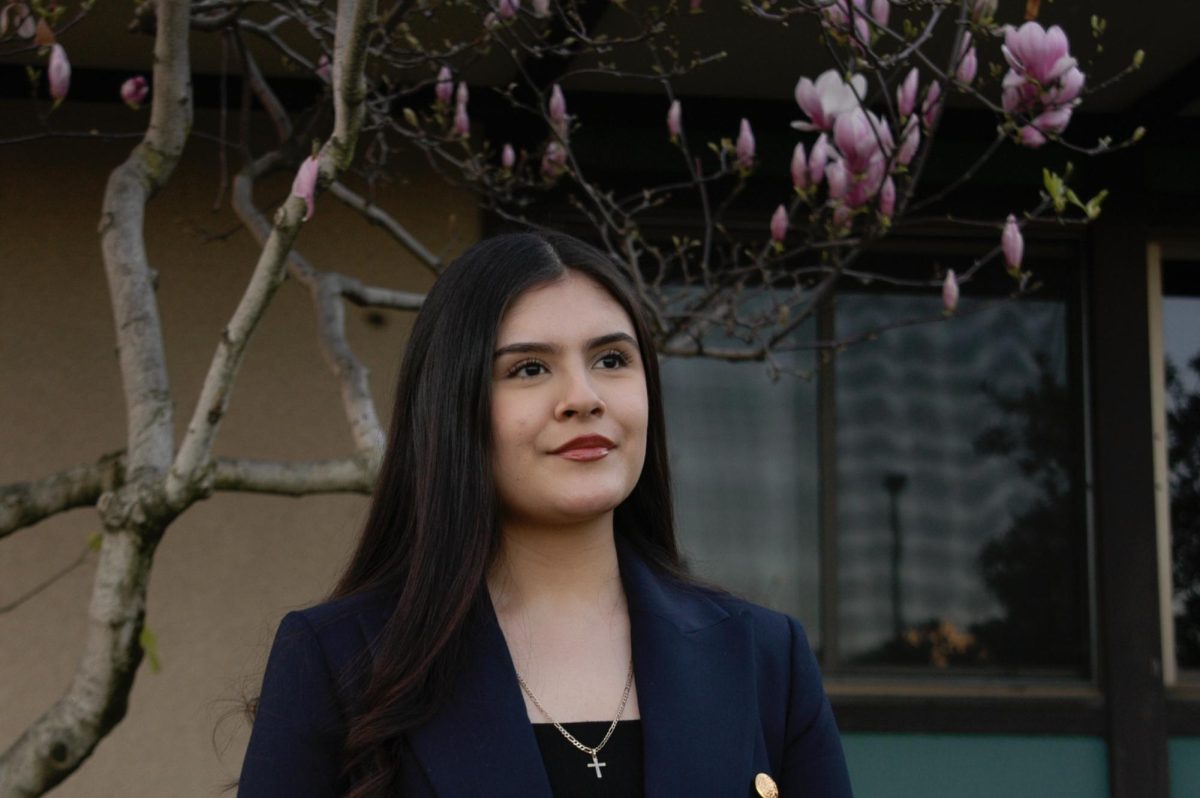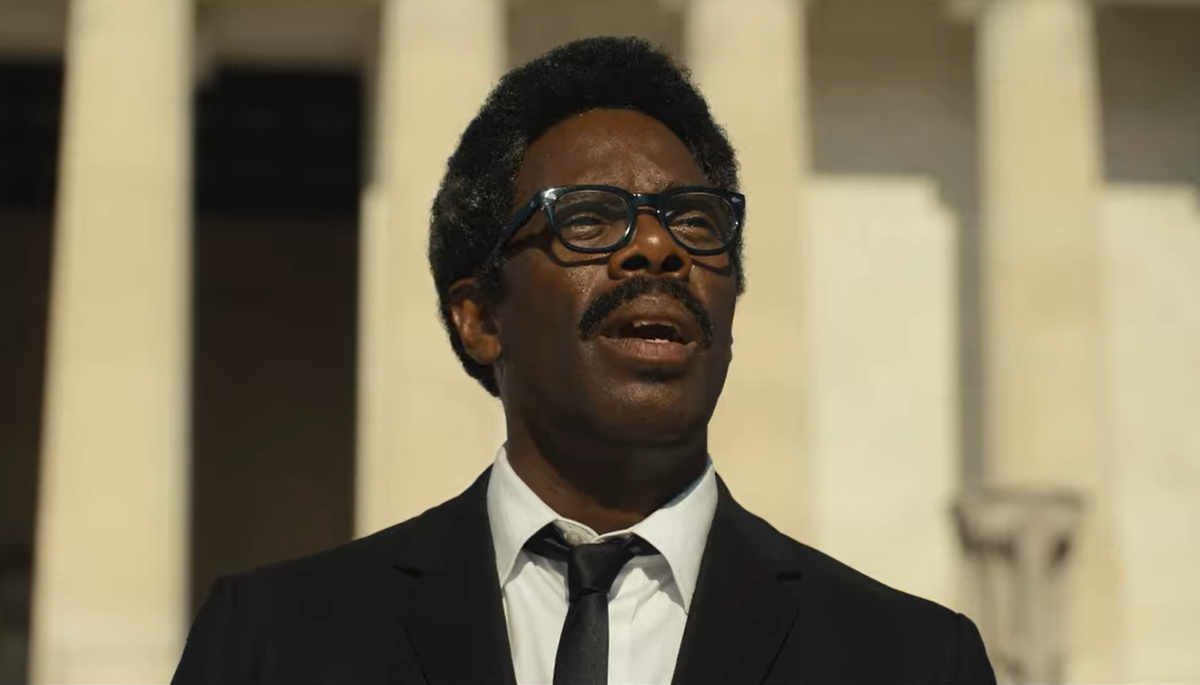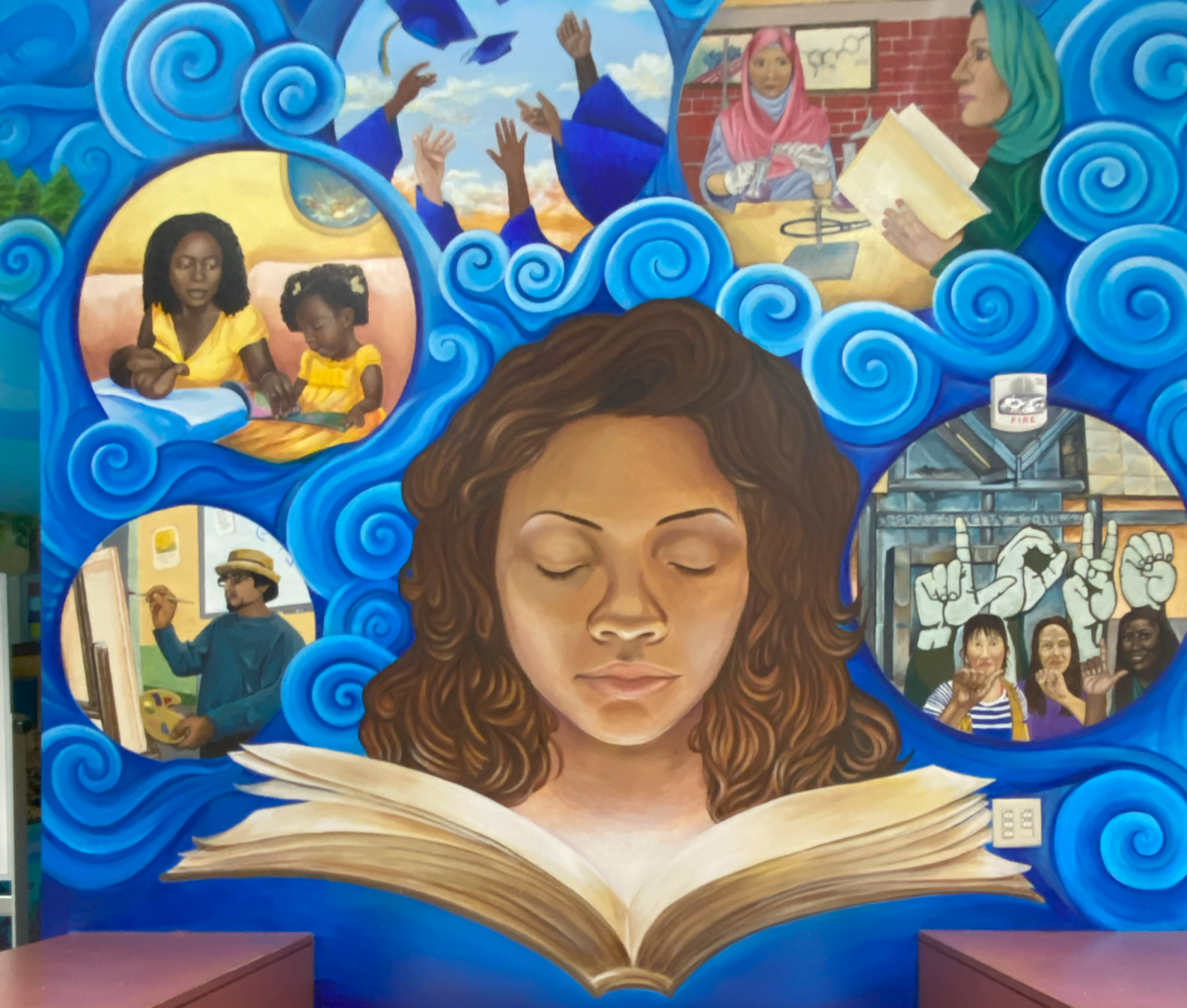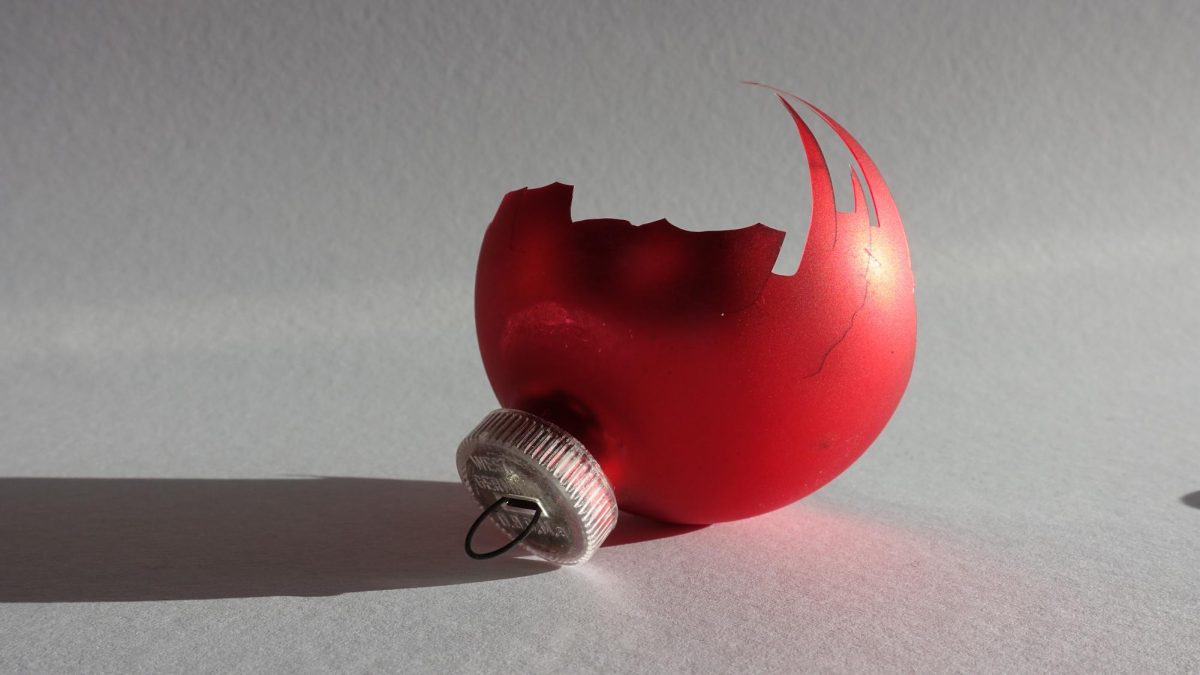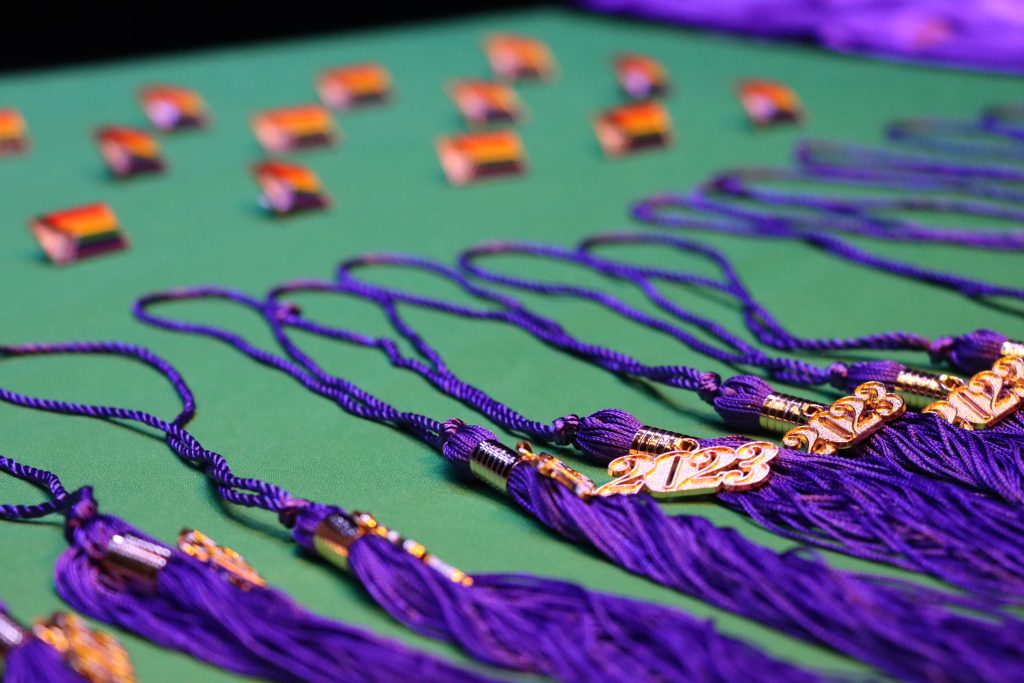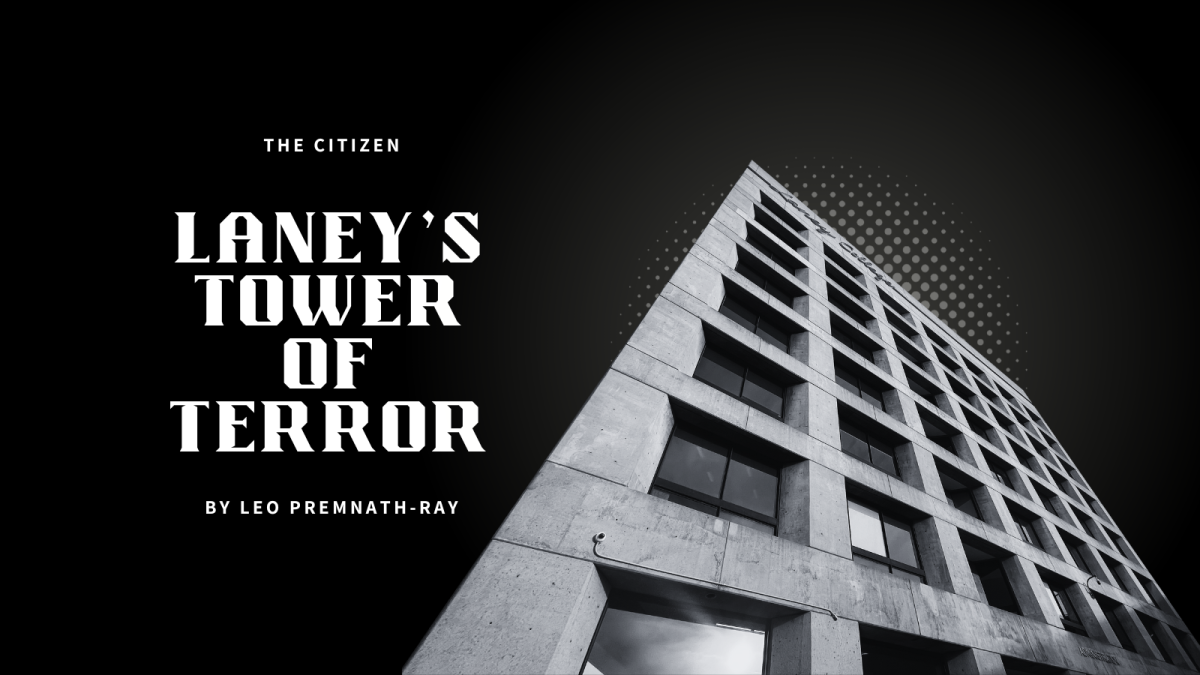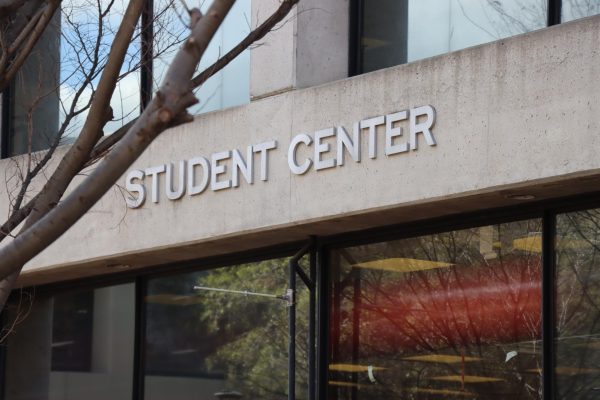
Across the street from the UC campus stands the audacious new home for the Berkeley Art Museum and Pacific Film Archive (BAMPFA).
It has transformed Center Street from a corridor between two campuses into a cultural center of Berkeley, with its galleries, hip cafes and restaurants. It unites the scholarly world with the community, with its study rooms and interactive rooms, rooms for the public to learn about and create art.
BAMPFA is unique in the world as being devoted equally to both art and film. BAM’s acquisitions include over 19,000 art works.
The PFA, with a collection of over 17,000 films and videos, was the first major educational institution to recognize film as an art worthy of serious study.
Pacific Film Archive is an exciting venue that devotes two theatres to the world of contemporary and classic film. Four art curators and four film curators are all under the direction of the main curator, Lawrence Rinder, who is much sought after, having established a stellar reputation in our finest museums and art schools from coast to coast.
BAMPFA opened its doors in January. Driving south on Oxford Street across from the UC campus, you’ll encounter an enormous LED video screen that advertises current and coming exhibits, films and events.
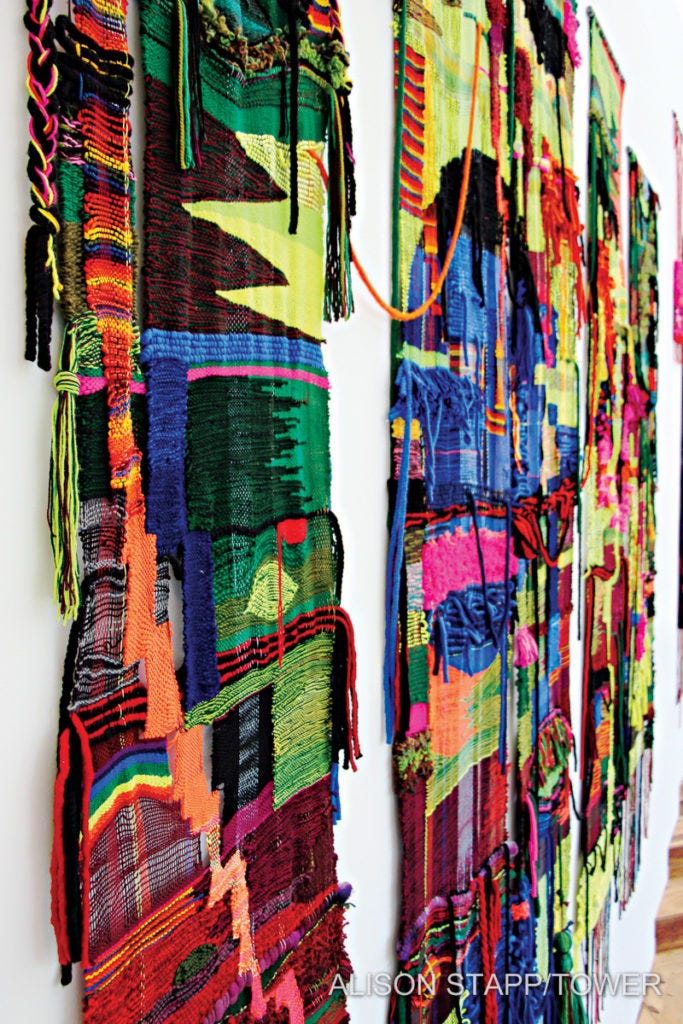
This bookends a melting airstream that flows in waves, like mercury gone rogue, enveloping and slowly encroaching upon the old deco Berkeley printing press. From flowing liquid titanium roof to deco concrete hard-edged windowpanes, the new complements the old.
On Aug. 27, BAMPFA hosted its Summer Celebration, applauding the season’s exhibitions. The PFA was holding a celebration of its own: Hitchcock/Truffaut. It was opening night for “Sojourner Truth, Photography and the Fight Against Slavery” and “Buddhist Art from the Roof of the World.”
In the 1860’s, the University Art Museum acquired its first work of art. It built its collection over the years and is now the center for the study of Asian art.
BAM enlisted one of China’s preeminent contemporary artists, Qiu Zhenjie, to create the vanguard piece for the Art Wall of the new building. The mural was the first in a rotation of projects visible to visitors and passers-by through enlarged windows of the old Berkeley printing press.
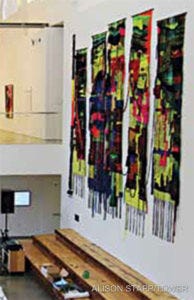
The ambitious 25 X 60-foot pen-and-ink mural that flanks the great gallery as you enter the museum is an expression of the Chinese literati garden, real and imagined, with the entire black and white world as one garden unto itself.
Zhinjie said, in our busy lives “signs and codes have overpowered actual human beings, and our bodies have become merely their vehicles.”
The map of gardens also signifies the disappearance of world cultures, the fading of the old, and the temporary nature of art.
For Tibetan Buddhists, art is a temporary creation as impermanent as our lives on earth. Buddhist art exhibits from Tibet, India, and China opened that night.
More than 30 works are on display, including a rare fourteenth-century Buddha of gilt-bronze from Tibet. It is 56” high, and on loan from a private collection.
A bench facing him allows museum goers to rest their eyes on the moment of the Buddha’s enlightenment, signified by an open palm while the other hand touches the earth. One masterpiece is a large silk wall-hanging from 12th Century Tibet.
The palms of the Buddha’s hands and the soles of his feet are treated with henna and surrounded by deities, some frightening. There are other cosmic Buddha sculptures and paintings that represent a range of Buddhist deities and a peaceful path to enlightenment.
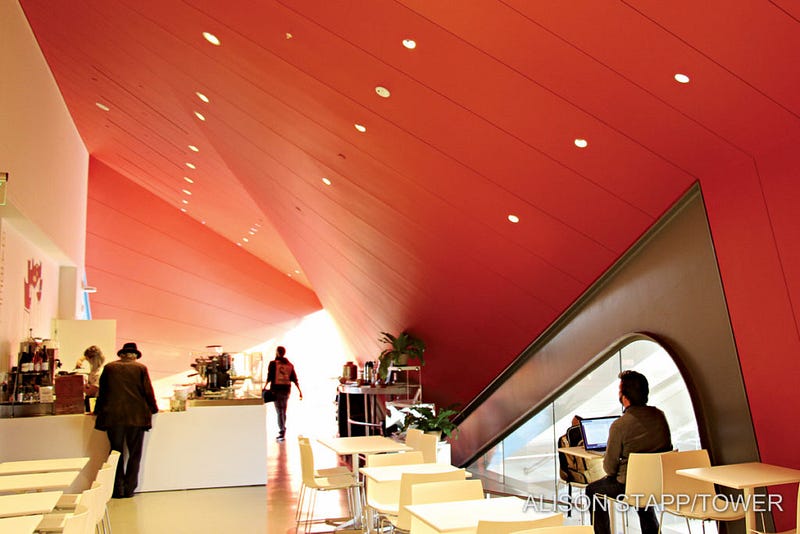
This road to enlightenment and transformation is filled with suffering, and that especially relates to the prolonged struggle for freedom from slavery embodied by the life of Sojourner Truth.
This exhibit, “Sojourner Truth and the Photography and the Fight Against Slavery,” reflects the fundamental truth of inequality in America, with race at the heart of the conversation.
One hundred fifty years after these photographs were taken, the exhibit tells a powerful story. Truth became the face of the movement to end slavery. She was illiterate, but used her gifts as a forceful speaker to advocate against slavery and for women’s rights.
She used the new technology of photography to reproduce her self-portraits. She supported herself by selling these cartes de visite at her captivating speaking engagements, which became bigger than life.Cartes de visite became powerful weapons of struggle and war.

Cecilia Edefalk’s long-awaited solo exhibit of collected works is the first on the West Coast. It will only be on display through mid October — so run. Edefalk is one of the most acclaimed contemporary Swedish artists.
Her paintings, photographs and sculptures reveal the interconnected but conflicted relationship of people and nature. She sculpts cut casts of polished bronze Roman heads, ripped apart hollowed-out craniums crowned and supported with birch branches.
They suggest people’s transient memories, the temporary nature of life — our own lives as well as life and death in nature.
She chronicles life in relation to light in her haunting and ghostlike painted faces. They seem to gradually melt into the blue.
Designed by New York architects Diller Scofidio & Renfro, the pine trees that were sacrificed from the adjoining lot were repurposed as the giant steps that descend to the bottom of the gallery.
Members were sitting, lying down, mingling and resting on Addison Street’s reimagined pines. There is a bookstore visible from the street as well, so the feeling is that the community is connected, that art should be for everyone.
Members could float from room to room and find places to rest at many junctures to linger on something that touches or speaks to them.
Places for study and reflection, creating and viewing, and take pause with refreshments in the wonderful cafe are all part of possible experiences in BAMPFA’s new home. The elevators, theatres, stairways and cafe are drenched in a deep orange that bathe people in shadowy glows.
The appealing cafe overlooks the floors of exhibits on one side and street life on the other. People find conversation at the long table of repurposed pine, with a rock garden of succulents running lengthwise down the middle.

BIG NAME, BIG IDEAS:
A Q&A with BAMPFA Director Larry Rinder
How did you go about becoming a curator?
Well, I did go to college, but not to become a curator. There are no programs. You know you can’t major in museum directorship.
There are all kinds of different paths to becoming a museum director. People become curators from various backgrounds, some come from art history some come from business backgrounds.
My own path was that I studied art as an undergraduate. I graduated from Reed College. I attended the school of visual arts in New York for two years as an undergraduate. So my undergraduate experience was a combination of art making and art history. I have a Master’s degree in Art History from Hunter College in New York City.
Most of my experience has been as a curator. I was a curator at various museums. I’ve worked as a curator for over 20 years I think at this point.
Was this your dream job?
When I graduated from college I didn’t know what I wanted to do.
The first thing I tried to do was to get a job as an actor, but I couldn’t do that. I couldn’t even get a job as a waiter in a restaurant.
I applied for a job at the Museum of Modern Art in New York. So I thought, alright, well I have to earn a living, so I went to work at MOMA in New York. I worked in the education department for 3 years. After some time there, I decided I wanted to become a curator.
What do you love most about your job?
I like that it’s a job that allows me to spend almost all of my time thinking about art and helping artists, helping audiences engage with art. So it’s kind of a dream job. I love Berkeley. I love the university. There’s nothing about it that I don’t like. It’s a wonderful way to spend my time.
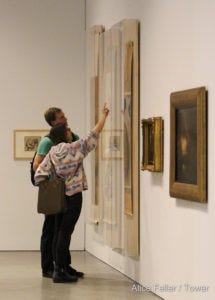
How long do you display items?
Typically a museum will not keep a work on view for over a 3 or 4 months at most, so during the course of the show we’ll change the work on paper. All of the sculptures and paintings will remain the same, but the works on paper, including the Chinese scroll will rotate.
Why did you choose Diller Scofidio & Renfro as your architecture firm?
Well, they’re considered to be one of the most innovative firms in the world right now. They did a lot of very important commissions, like the renovation of the Lincoln Center.
How do you recognize or add a valuable piece to your collection?
We have work from many time periods and many cultures so we collect very broadly with some areas of focus. We have very little money to acquire art with. Most of the art comes to the collection as gifts.
What we’re looking for are the best possible works of art, just art that is of the highest caliber, the kind of thing that if people see it in a museum they would be very intrigued, amazed and delighted.
Answers have been abridged for space.
(This feature continues with a look at an Oakland Museum of California exhibit.)

